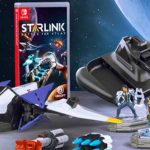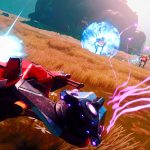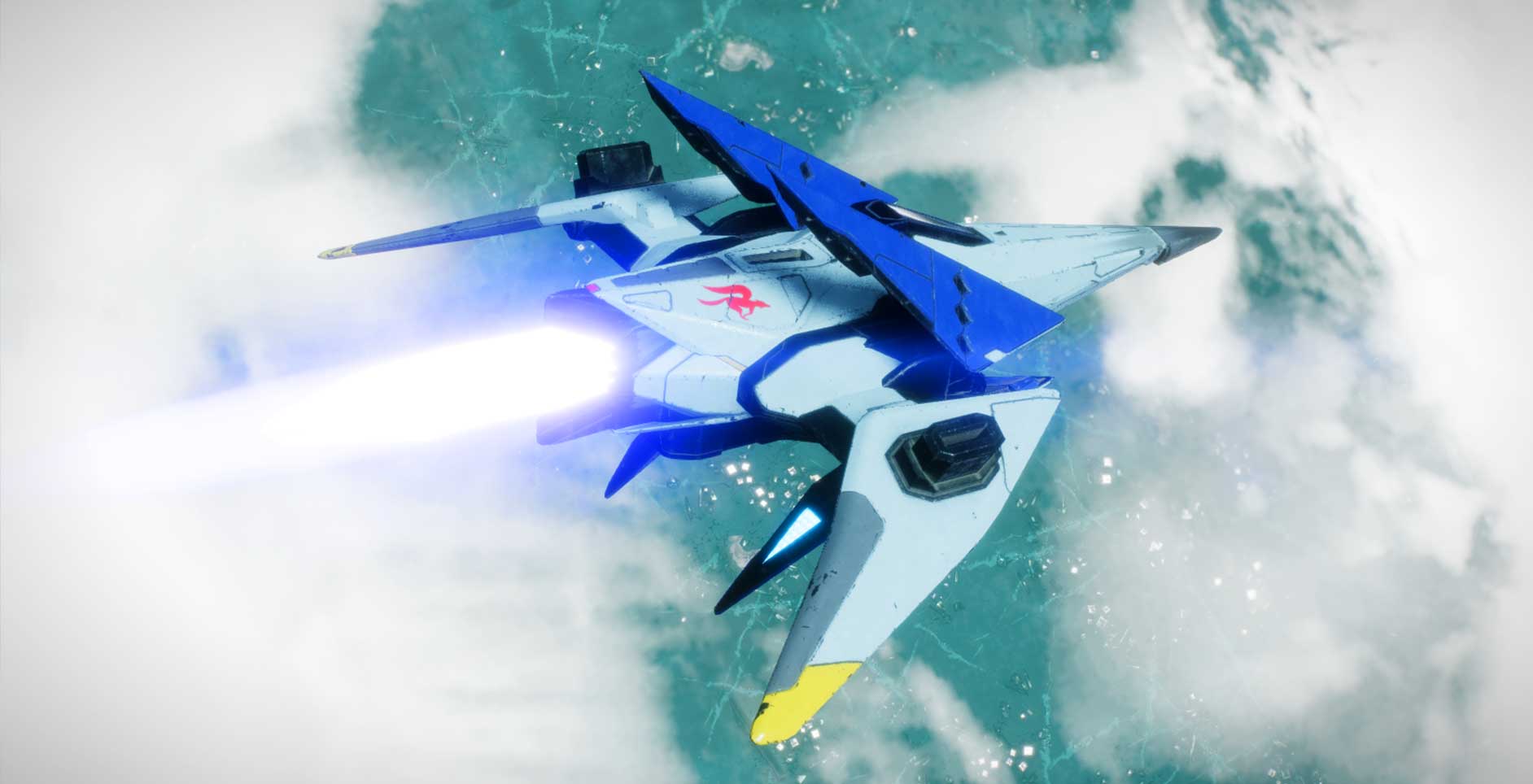When I played Starlink at E3, I was incredibly optimistic that it could be the best toys-to-life game (from a gameplay point of view). Playing through the game over the last week or so, the game delivered based on the fun factor as well as the sheer amount of customisation that one can have in-game, but unfortunately, there were a few other factors that really impacted how I felt with the game in a real-world scenario.
Firstly, you can buy the game digitally, and I applaud Ubisoft for doing this, but it does create a bit of a value issue in my opinion. For instance, you can get the Digital Deluxe Edition for about $150, which includes the starter pack and every single item that’s available at launch (digitally of course). This is really good value considering it’d cost more than $500 to buy all of these items physically. It then begs the question though, if you’re buying digitally (and the game works perfectly with this method), why isn’t this just a regular priced digital game?
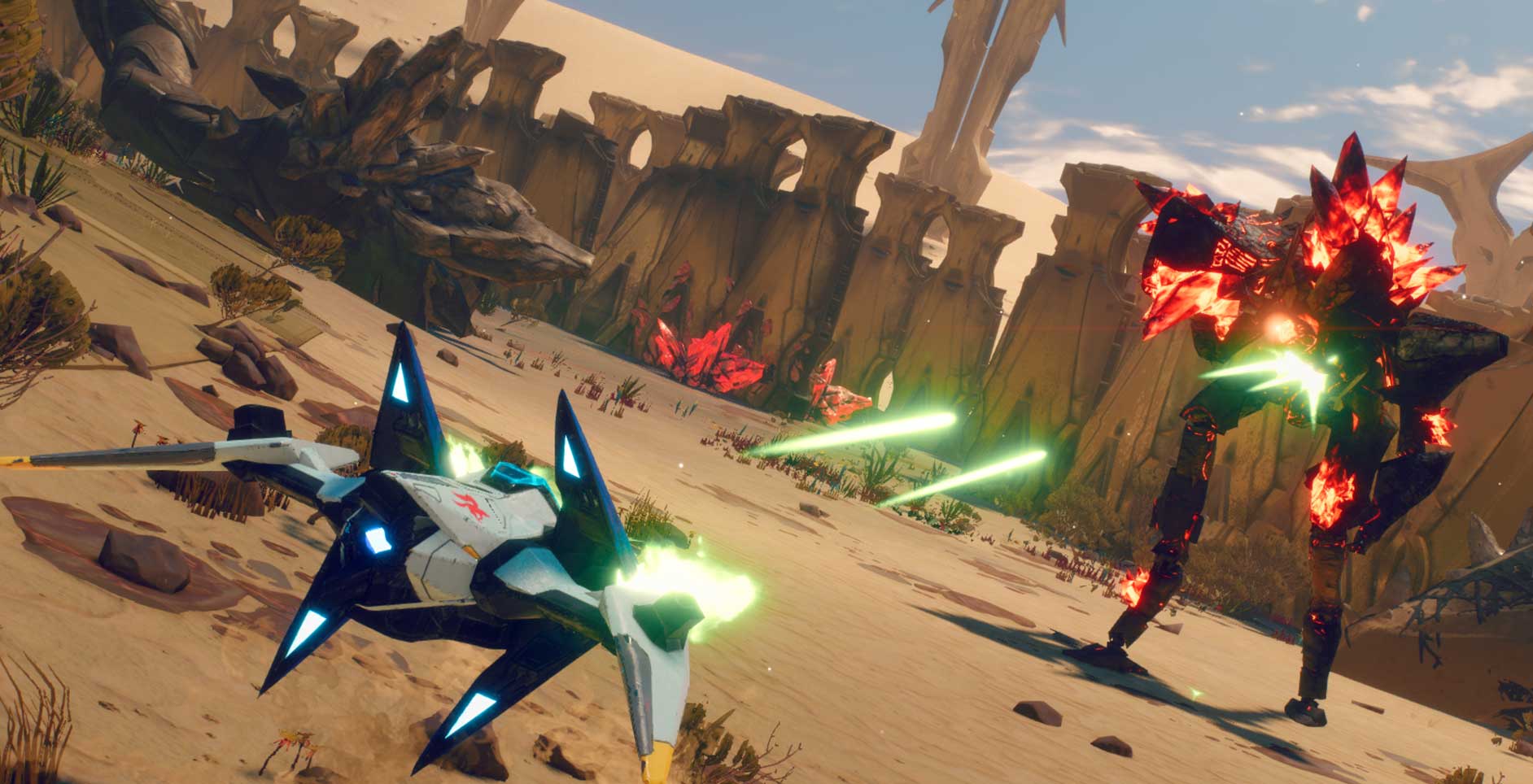
I’ll talk about it a little bit more as the review goes on, but I felt mixed playing the Nintendo Switch version of the game. On one hand, it’s the only place to get access to the Star Fox content. Fox, his Arwing and all of his friends are one of the best parts of Starlink. However, their Switch exclusivity means accepting the fact that you’re going to be playing a version that looks significantly worse than other platforms and also stutters in performance at times, so either way you’re sacrificing in-game content, or the wonderful graphics and performance that you’d be getting on other platforms.
For those that have opted to go physical, the controller mount is a lot less awkward than it looks. It basically sits on top of your controller and allows you to change your characters/ships without needing to get up and place them on a portal. For those that have purchased the digital version of the game (or if you’re playing on your Switch in handheld mode, the game is smart enough to store digital versions of your arsenal for up to seven days).
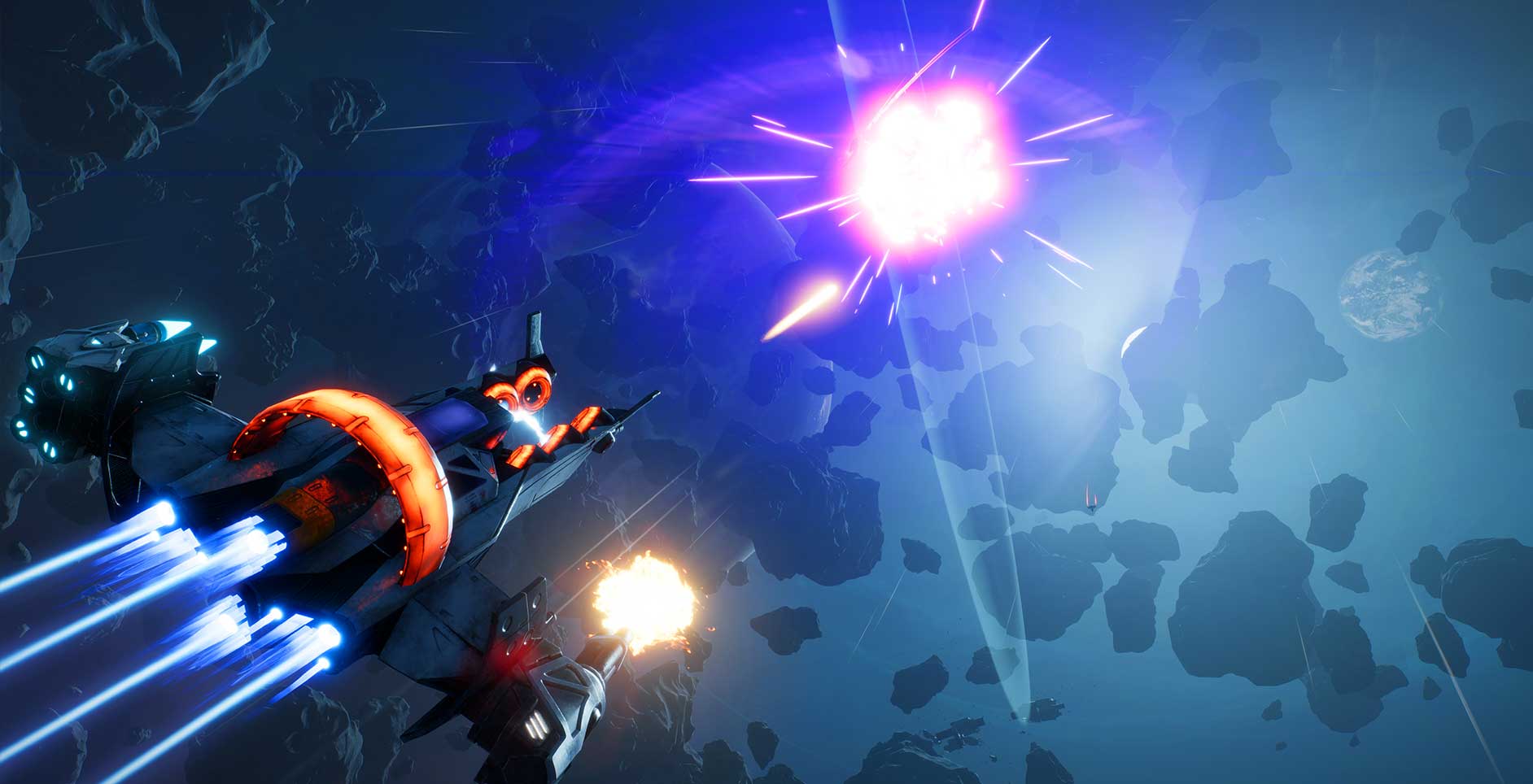
Starlink works similarly to that of Skylanders and Disney Infinity except it’s a little bit more complex. Rather than having one character sit on a portal, you’ve got a pilot, space ship, wings and interchangeable guns. There’s a lot of variables that are worth messing around with in order to match out the best pilot abilities with a ship that’s either fast or powerful as well as working out which weapons to put together in order to come up with some pretty amazing combinations. For instance, you can combine a cold and a heat weapon in order to thermal shock your enemies.
Further this there’s a bunch of other ways your can level up your pilot, weapons and ships. You’ll collect a huge amount of mods through your play-time for both your weapons and ships. These range anywhere from improving their damage or to level them up faster. Every time you level up a pilot, ship or weapon, you’ll get an upgrade point that can be spent levelling up your pilot. Each pilot also has his own special ability which wildly changes how you play the game.
Starlink at the surface is an incredibly fun and creative game and one that younger gamers will almost certainly enjoy. The game has you travelling between large planets (that could be straight out of No Man’s Sky) taking care of a bunch of missions, taking out enemy towers and scanning the flora and fauna that can be found in the world.
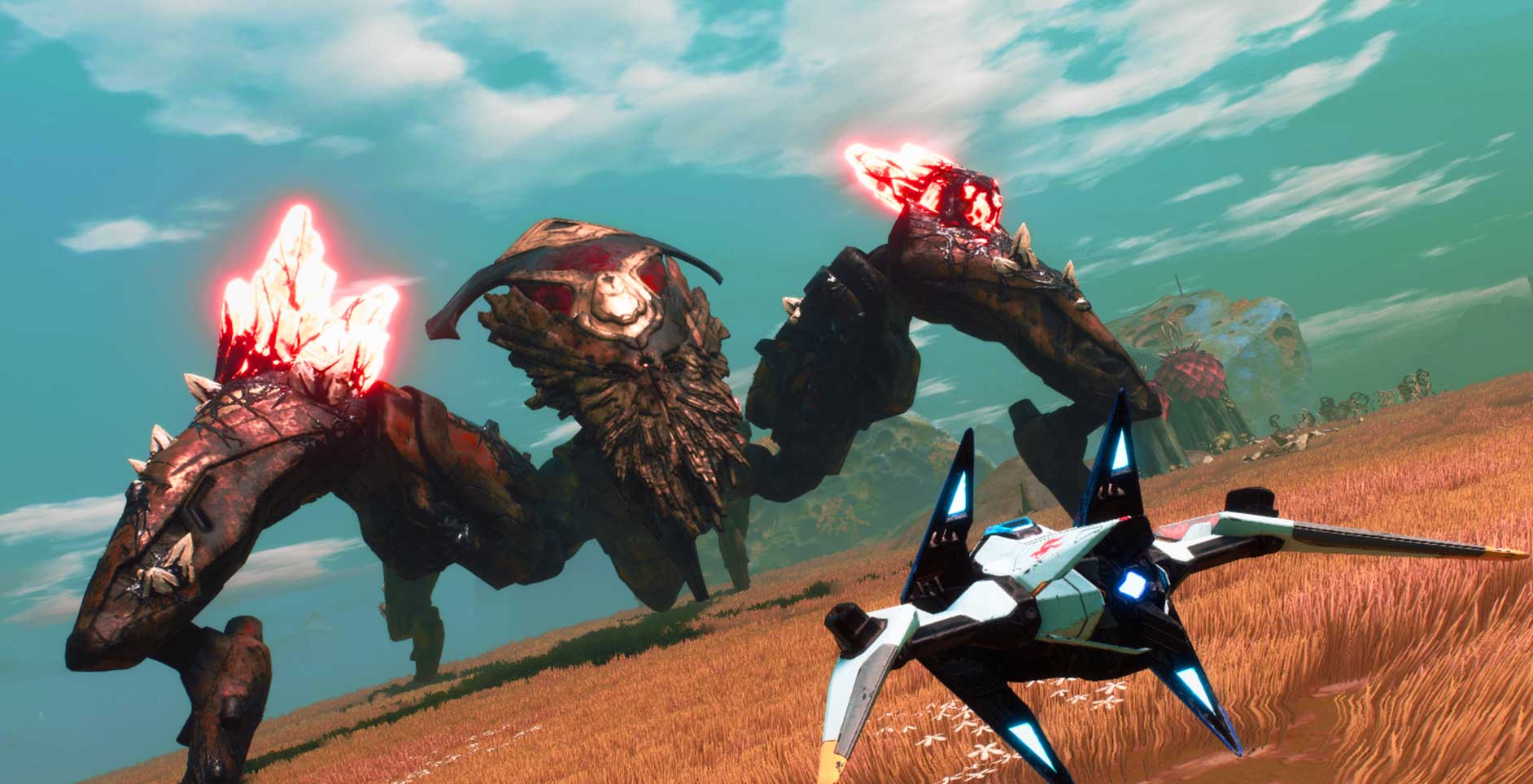
Thankfully, combat stays fresh due to the huge variety of weapons that I mentioned earlier, but it’s the rinse/repeat mechanics of what you’re doing on each planet that can feel a little bit repetitive at times. Unfortunately, the different pilots and ships can only go so far when it comes to spicing up variety in what you’re actually doing in each planet. There’s only so many times you can follow the same mechanic of taking down a tower or perform fetch quests before it becomes a little too much (no matter how fast you can get around planets).
The game really shines at building a planet (and world) that you really care about. It’s handles going from planet to planet better than most space games that I’ve played and flying in such grand sense of scale that is pretty much unrivalled in this category.
When I played the game at E3, I started off on Xbox One, and was honestly shocked with just how great the game looked. I then jumped over to Nintendo Switch and the difference was massive. Now, this is to be expected and it’s pretty impressive that the Switch can handle a game of this nature to begin with, but for a game that’s this beautiful and has so many things moving around on screen at once, it wouldn’t be right for me not to mention that I did feel a little shortchanged playing on Switch.
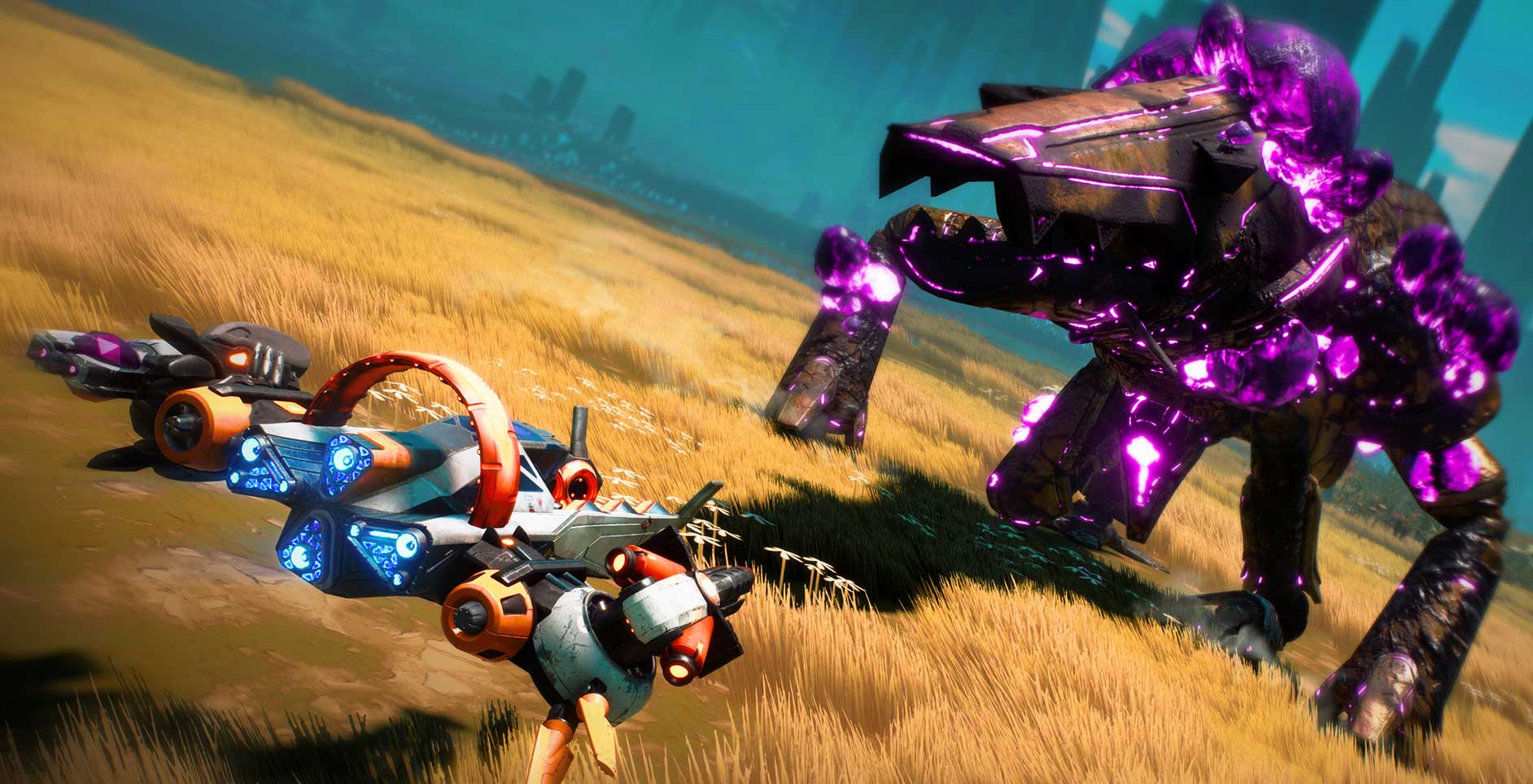
Star Fox’s inclusion in the game is definitely the best parts about Starlink. The story surrounds the Forgotten Legion who are trying to take over the World of Atlas, and whilst it’s serviceable (and children will definitely eat it up), Star Fox and his buddies steal the show. I was pleasantly surprised with the length that Ubisoft had gone to in including Star Fox specific cutscenes, other characters from the universe and missions that are specific to Nintendo’s beloved character. Whilst this part of the game is fantastic, I’m just not sure what that means for this other cast of characters that I was supposed to care about. It’s a similar story when looking at the fleet of ships. They all look incredible, but nothing quite beats flying the Arwing (which is the only ship that can shoot without weapons attached).
Ultimately, the game’s Starter Pack can be had for under $100, you’re going to have a great time at that price (especially if you’ve got younger ones). That great part about Starlink is that the game can be finished with just this pack and not a lot is hidden behind other packs. What lies here is a fun and creative world that has a lot of meat to it, but just be known that it can get a little repetitive.
